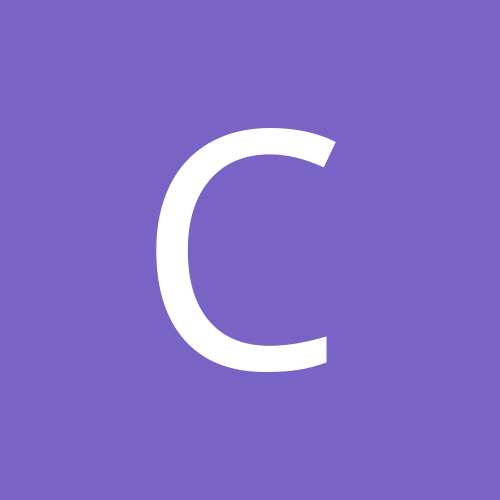Sign in to follow this
Followers
0

ayurvedic medicine pseudo science? What is your experience?
By
centertime, in Hindu Discussion

By
centertime, in Hindu Discussion